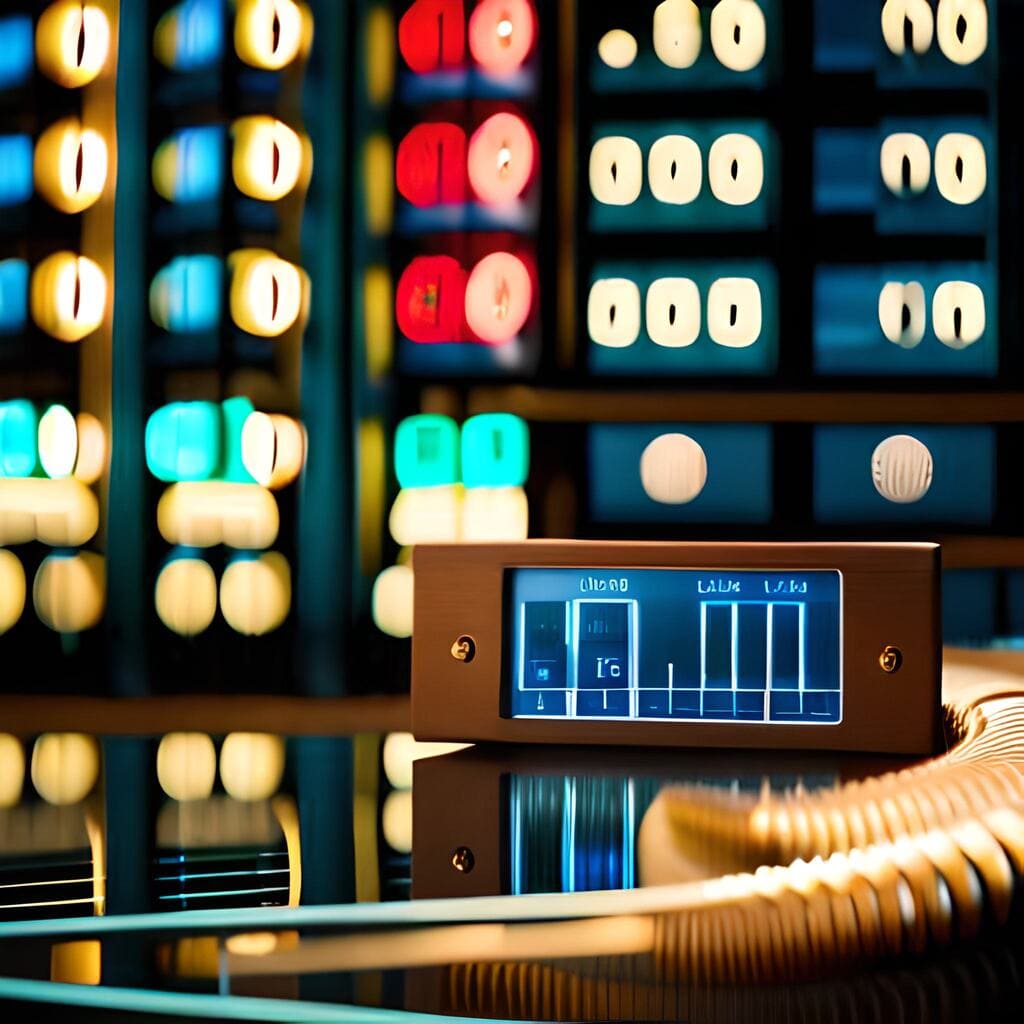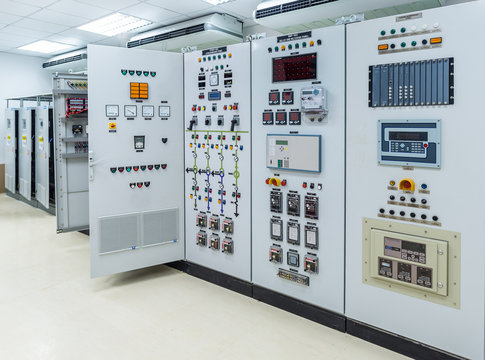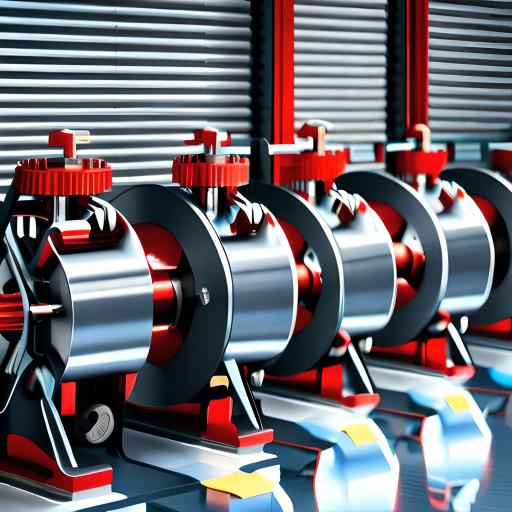Harmonics are a key component of a power system because they affect power quality and the performance of equipment. High harmonic levels could impair the life of the gadget by overheating its components. Sinusoidal waves are produced by a faultless power source, but harmonics contaminate them. Harmonic distortion hampers a business’s operations and productivity. Here are a few harmonic distortion’s unfavorable economic implications.
- Harmonic losses result in greater component losses (Joule effect) (Joule effect).
- When harmonics are present, subscription power increases, which raises customer service costs.
- Scaling of equipment due to a poor power supply
- When distortion exceeds 10%, the lifespan of individual parts is shortened, which causes a drop in production.
- Harmonic peak currents can cause obsolete equipment to trip inconveniently, resulting in wasted production time and substantial system maintenance costs.
Harmonics Causes:
Harmonics are made by loads that do not follow a straight line and take in current in short, sharp pulses. These pulses make distorted current waves, which flow into other parts of the power system as harmonic currents. Harmonics make power in industries less reliable and less efficient. Most businesses have an electrical system that can handle up to 15% of nonlinear loads without any problems.
If nonlinear loads are more than 15% of the total load, they may cause harmonic distortions with harmful effects. Because of this, it is essential to keep an eye on harmonic levels to make sure they do not get too high. So, harmonic study and analysis help keep track of possible risks and causes. This can help avoid harmonic-related problems during the design stage and lower the chance that bad things will happen.
Harmonic Analysis Methodology:
Even if the likelihood of harmonic problems is minimal, it is still vital to conduct a timely harmonic analysis to ensure adequate harmonic levels. These are the progressions of harmonic levels:
- Obtaining an electrical one-line diagram and identifying the available nonlinear loads are the first two tasks.
- The image highlights the position of the shared connection (PCC).
- Obtain from the utility companies the set PCC values, including the greatest and lowest short circuit fault levels as well as the allowed current and voltage harmonics.
- The open-source application is used to investigate simulated harmonics.
- Examine the electrical system’s harmonics.
- Identify the discrete and global voltage and current anomalies at the buses and PCC.
- Draw the harmonic frequency spectrum.
- Select the optimal harmonic control strategies. The degree of harmonic smearing is acceptable.
- Once mitigating variables have been included, the harmonic analysis must be repeated.
Benefits of the CareLabs Service:
- More secure power systems that meet government guidelines and standards.
- Time and money are saved by power systems that are all connected.
- Set up a more secure place to work.
- Give people quick options in case of an emergency.
- Widen the margins of safety.
- Save time by automatically making arc flash labels and work permits.
- Avoid potential fines and legal fees.
CareLabs has personnel stationed in a variety of locations to ensure that our specialists are readily accessible in the event of a routine or emergency crisis. CareLabs has quickly established itself as an ISO 9001:2008-accredited organization after acquiring a customer with a solid reputation and positive feedback. CareLabs provides research and analysis for harmonics in various major cities, including Zurich, Geneva, Basel, and Bern.




